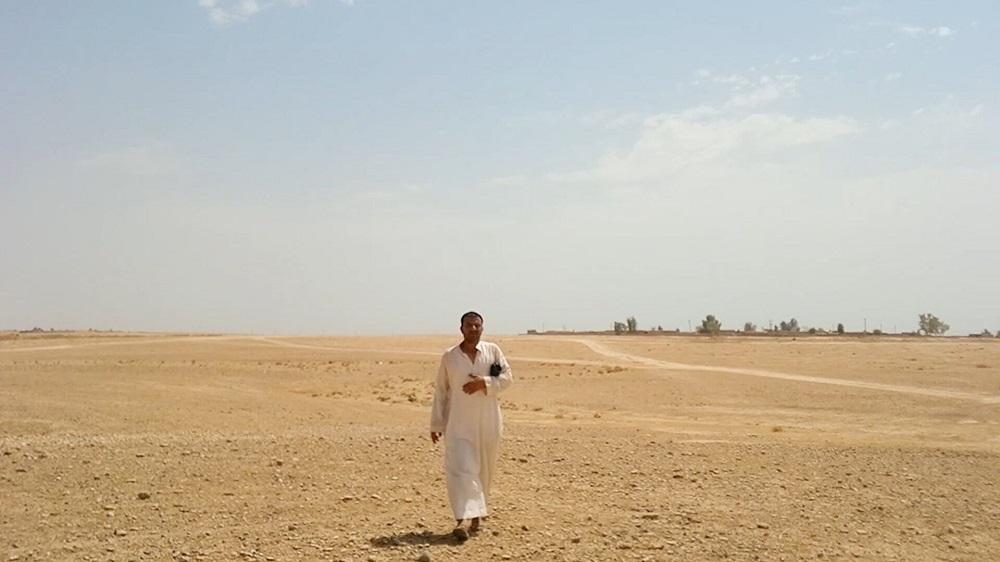When US troops withdrew from Iraq in 2011, Nori started to film the stories of survivors and their hopes for a better future.
As conflicts continued to unfold between different Iraqi militias, the civilian population fled Jalawla, accompanied by most of the hospital staff. Nori was one of the few who remained.
It was only when the Islamic State of Iraq and the Levant (ISIL, also known as ISIS) advanced on and took control of the city that he too had to flee at a moment's notice with his family, and turned the camera on himself.
Over five years, Nori filmed life inside one of the most dangerous and inaccessible areas in the world.
The result is an uncompromising, immersive and rare first-hand account of civilian life in a war zone.
I met Nori Sharif back in 2010, during a training course I arranged for medics from the conflicted areas in northern and central Iraq.
During the course, I realised that a character-based film about a nurse who works in the most dangerous area in Iraq could be a good way of making the film.
But the reality on the ground was very difficult to deal with as an outsider. Filming in Iraq is not a safe thing to do in general, especially in the central regions. I realised very soon that the only way to get good insight was through a local person, a brave one, and Nori Sharif had all the criteria I was looking for.
In the beginning, none of us thought that the US troops would leave Iraq that soon, so, when it did happen, we had to prepare for making a film about the Iraq War after the withdrawal.
The same thing happened in 2014. We were about to finish the film; then ISIS came into the picture. Once again, we had to stay, but this time we were preparing for the worst and seeing what would happen next.
My ambition is to let the audience reflect on the human consequences of a brutal reality where all taboos are violated.
With Nowhere to Hide, I want to show that we are all part of this reality - war, explosions, victims, "terrorism", they affect us globally, and we are all responsible, despite our geographical whereabouts.
I wanted to show the human resistance that is growing among survivors of the war and subsequent conflict; to show the hope of rebuilding after the breakdown of civilization.
In the end, as humans, the only thing that can help us survive is to believe that the will to build will always be stronger than the desire to destroy.


